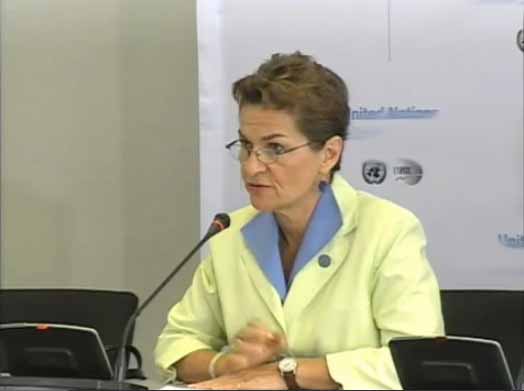Concrete is the most common construction material used globally, accounting for 70 percent of all construction materials. Though concrete has advantages such as easy application and high availability, it has major disadvantages when considering sustainability.
Dr. Jialai Wang, a University of Alabama associate professor of civil, construction and environmental engineering, is working on a solution to these environmental problems by finding an alternative to cement use in concrete.
Wang received a $ 450,000 collaborative grant from the National Science Foundation to develop an inexpensive and eco-friendly construction material with fly ash. While the material is like cement, it eliminates many of its environmental concerns, Wang said.
Fly ash is a fine powder derived from burning coal. Use of these coal waste products conserves space in landfills, in which they would otherwise be dumped. Fly ash can be used to create a stronger and more durable form of concrete.
The production of cement releases a large amount of greenhouse gases, which account for 7 percent of the nation’s total carbon-dioxide emissions. The achieved emissions reduction is equivalent to eliminating 25 percent of the world’s vehicle emissions.
Secondly, fly ash use eliminates the deterioration issues of cement. Cement tends to be highly brittle and weak, Wang said, in comparison to fly-ash materials. Roads and structures built with fly ash last longer and require less maintenance. Additionally, unlike cement, the material is easy to recycle.
Wang’s three-year study is focused on perfecting fly-ash materials and developing methods for large-scale production. Fly-ash materials tend to be strong with compression, but brittle with tension. To combat this issue, Wang is experimenting with adding carbon nanotubes to the fly ash.
By adding CNTs, fly ash materials become electrically conductive. Electric conductivity can be used to enhance melting ice on structures, such as bridges and airport runways, eliminating possible winter hazards.
The conductivity also changes with applied force. As applied force changes, the electric resistance changes. A change in conductivity often indicates damage or increased load to a material.
“Civil structures are just like the human body,” Wang said. “They can be ‘sick.’ If no action is taken, there can be serious consequences. Materials with self-sensing abilities can let you know promptly where there is a problem in a structure and catastrophic failure, like the collapse of a bridge, can be avoided.”
Wang has received a patent for the technology he developed to combine CNTs with fly ash. The nanotube technology, nicknamed “Pop Tube technology,” uses microwave radiation to initiate nanotube formation. The microwaves cause nanotubes to pop out, like popcorn.
Wang has partnered with Dr. Shanlin Pan, UA assistant professor of chemistry, and Dr. Xingyu Zhang, an assistant professor of fiber and textile engineering at Auburn University.


